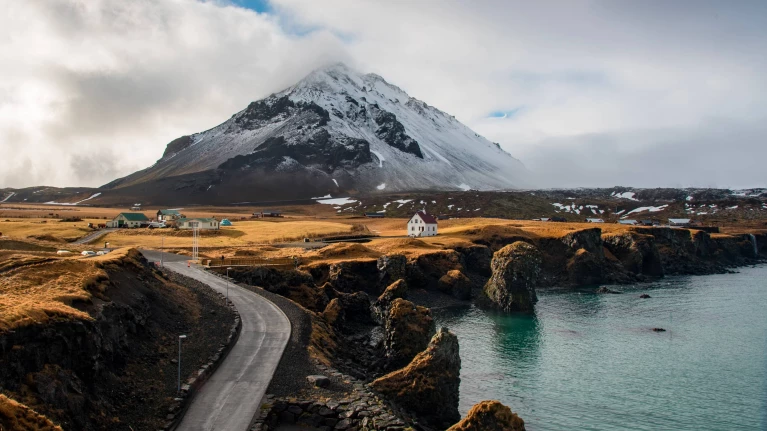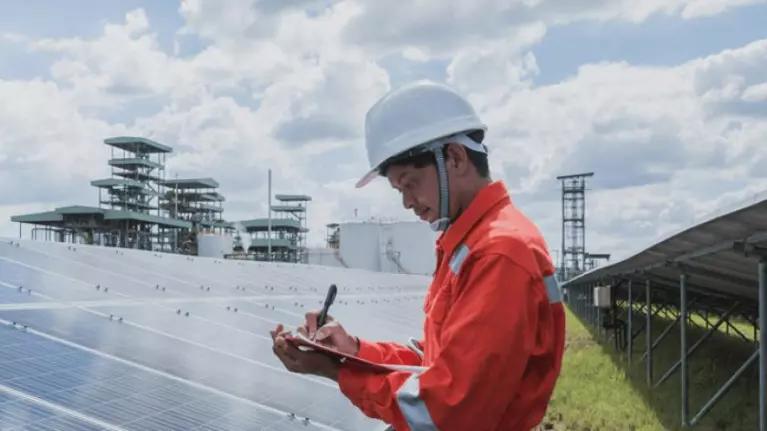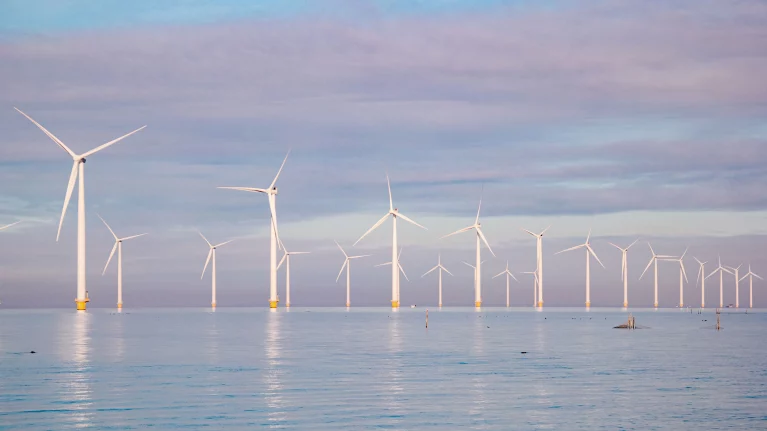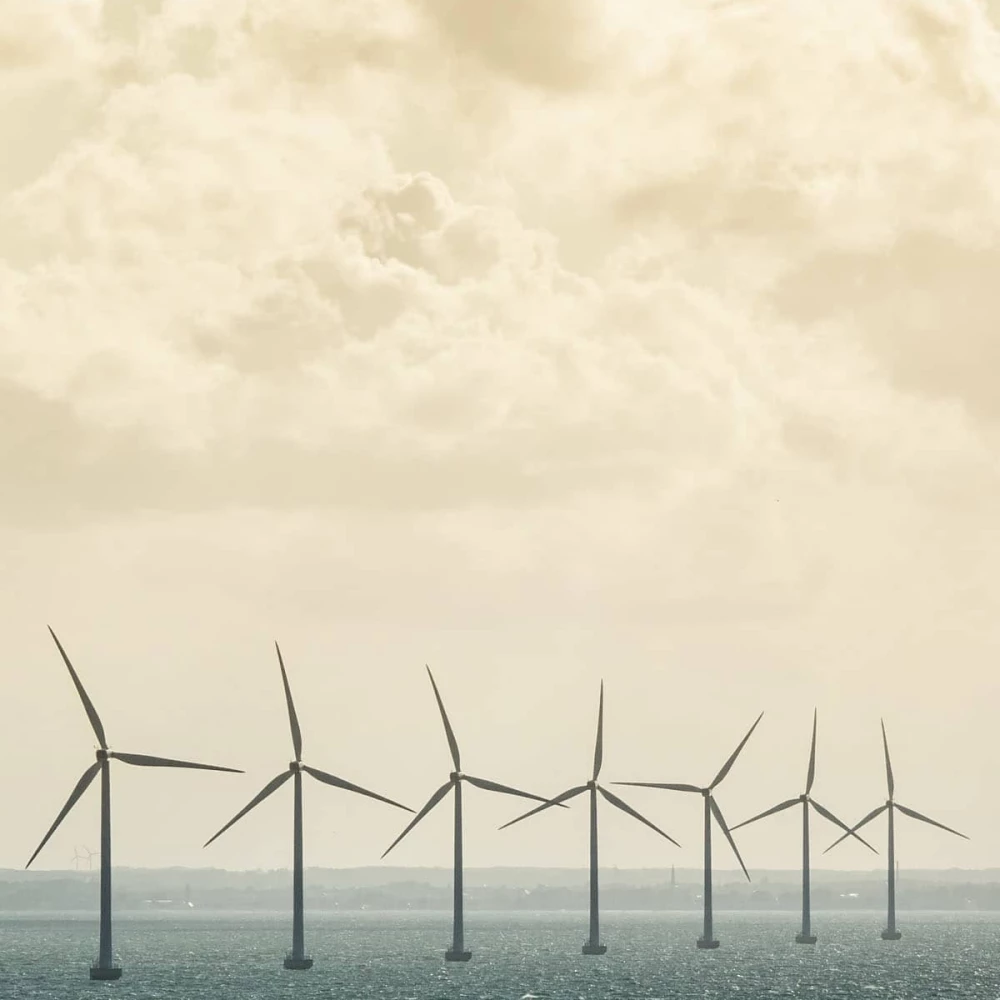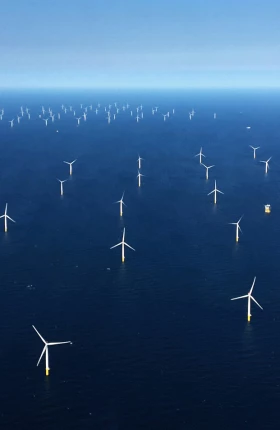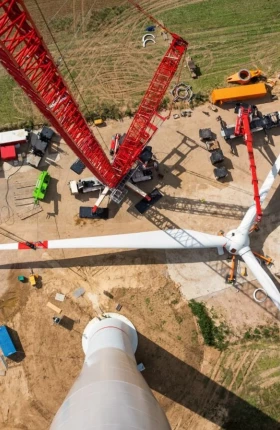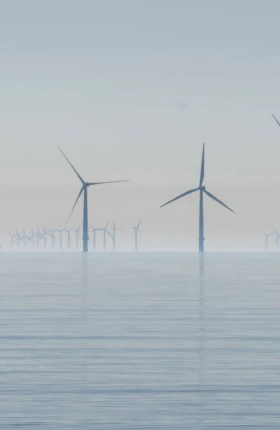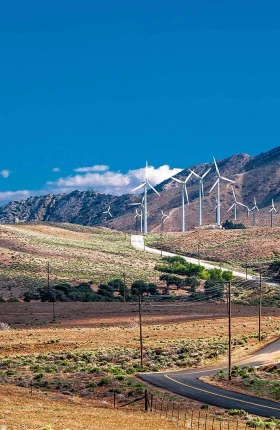COP28 called for tripling renewable energy capacity by 2030. While the Nordics are frontrunners in sustainable energy, much progress remains needed in areas like hydropower, solar, and—especially—wind power. BCG Managing Director and Partner Robert Hjorth explains how the Nordics can meet and exceed the target—and reap economic benefits—by making bold investments and commitments today.
For the Nordic countries, the investment required to reach a net zero society is enormous. Success will require multi-GW development of renewable energy sources, significant investments in the power (and hydrogen) grid, policies, market frameworks, and subsidies to support development. At the same time, the transition presents an opportunity beyond the primary goal of making our planet more livable, namely to further expand the export of electricity, end products such as hydrogen, sustainable fuels, green steel, and technology, components, and know-how.
The pathway towards this goal—and the potential challenges—vary among the Nordic countries. Finland, Sweden, and Denmark will be flooded with renewable electricity from wind and solar, so a prominent challenge will be balancing the grid and establishing alternative uses for power when production is high and prices are low. On the other hand, Norway’s situation is different. Hydropower has historically provided abundant baseload power and flexibility to balance the system; however, Norway is now looking at a decade with a power deficit and a significant need for new renewable energy just to meet its own needs.
Explore the boxes for a deep dive into sustainable energy:
Is Floating Wind the Answer?
It will take a combination of renewable technologies to supply the energy needs of the Nordics and Europe. We expect electricity consumption in each country in the region to double or triple by 2040. Hydropower, solar, and nuclear power will all play a part where feasible. But wind will have perhaps the most significant role. According to our analysis, Europe will need to reach 2000 GWs of wind capacity required to satisfy Europe’s net zero commitment by 2050—however, at the moment, the combination of installed and projected capacity is at roughly 650 GW. Investments in onshore and bottom-fixed wind capacity will not be nearly enough to close this gap.
This is where floating wind enters the picture. This technology holds many of the answers we need. It also gives the Nordics—and Norway in particular—a one-time opportunity to build a world-leading position in this emerging technology.
Who Will Lead in Floating Wind Power?
Denmark already leads in offshore wind, and the potential in Sweden and Finland is also large within bottom-fixed offshore wind due to lower water depths. Norway is a special case: with one of the longest coastlines in the world, deeper waters, abundant winds, well-established supplier industry, offshore and maritime capabilities, and sufficient funding available, all the pieces are in place to build a global floating wind powerhouse. Norway even has the perfect geographic environment for constructing floating wind turbines: its fjords provide deep-water quays, calm waters, and ample storage. What is required is a significant upfront commitment. Otherwise, the risk is that capital will flow elsewhere, and value chains will be established in other regions. The time is now.
If we do it right, the Nordics can take a leading role in the technologies and industries needed to decarbonize the world. This can almost be thought of as an obligation in the Nordics, not only because we are frontrunners in the green transition but because it is the right thing to do from a socioeconomic point of view. It will take a massive buildout of renewables and substantial investments in the grid infrastructure, but the potential rewards are worth this outlay.

